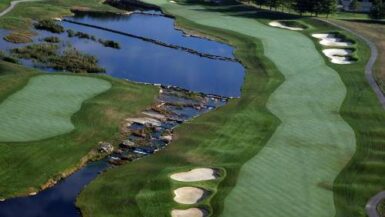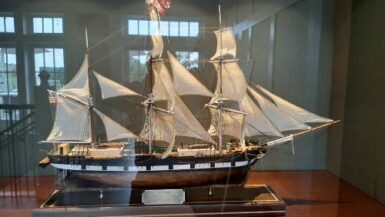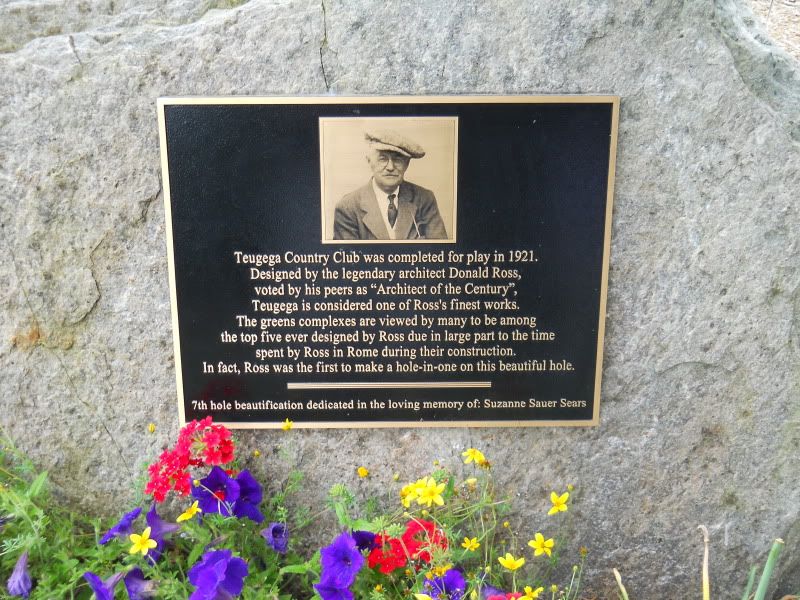
Something a little different for us here at AWITP – a photo essay. I had the great privilege to play Teugega C.C. a gorgeous little Donald Ross course nestled cozily in the sleepy colonial era town town of Rome, New York on the shores of Lake Delta. (American History buffs will recall the area is home to Fort Stanwix, where colonial forces stopped the march of Barry St. Leger across New York State, and to Oriskany, where General Nicholas Herkimer died a victorious hero.)
While the club dates back to 1899, the Ross designed course opened for play over the three day 4th of July weekend in 1921. Teugega just completed a restoration by Syracuse based golf architect Barry Jordan.
“We looked at aerial photographs and brought the greens and the fairways back to their original specifications,” said PGA Head Professional Steve Campanaro. Greens had shrunk, fairway mowing patterns had wandered, and bunkers became more removed from the area they were meant to guard. The club took great care to restore the course to Ross’s original intent and the result is not only a sparkling hidden gem of a course/club, but an perfectly preserved architectural museum piece that golf design experts should run to study. It’s a beautiful untouched Ross in all it’s Golden Age splendor.
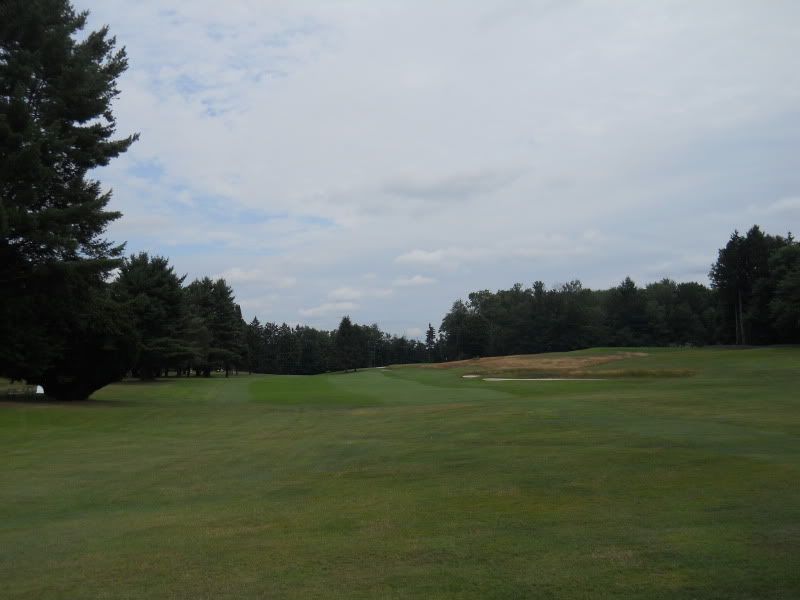
The beautiful rolling terrain plays through fragrant pines and other Adirondack tall timber: God’s Country indeed. The clever routing is unbalanced – giving the course an extra boost of character – and constantly changes direction showing you something different, but equally charming every hole, 1-18.
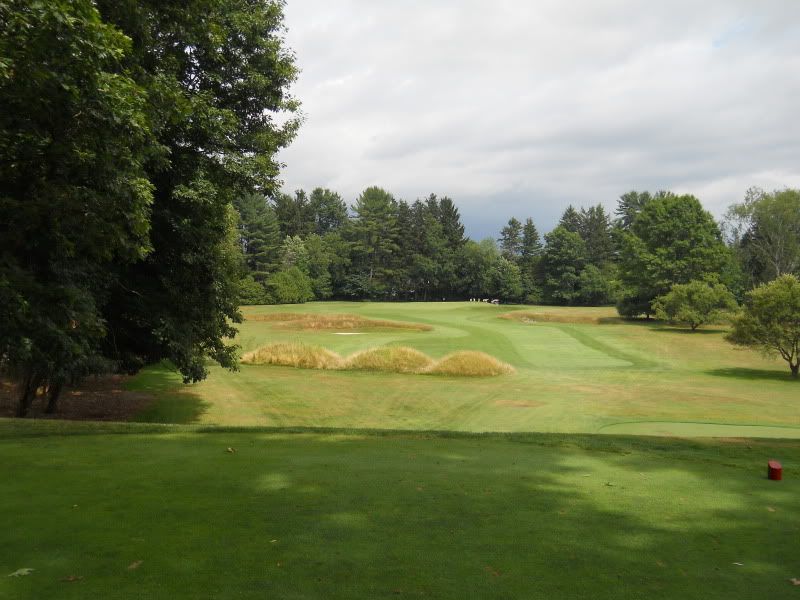
Ultimately, the greens are the superstar at Teugega. Look at the slope on the back of the green at the long par-3 3rd, which was intended to be reached with a driver back when the course was built, and which still holds its own well today against modern technology. Those dramatic contours are wondrous to behold. They clearly highlight that smaller, more contoured greens are far a better way to defend a golf course than brutish length or ubiquitous water hazards. The adventure on any given hole only begins when you arrive at the green on a Ross course, and two putts are certainly not a given.
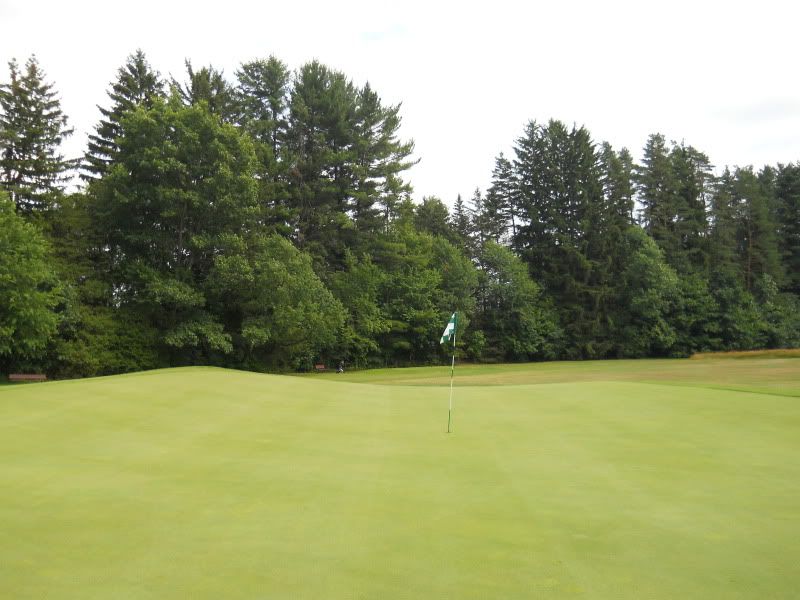
PGA Head professional Steve Campanaro was not only a stalwart playing partner, he fired a cool little 68 including a smooth 33 on the front.
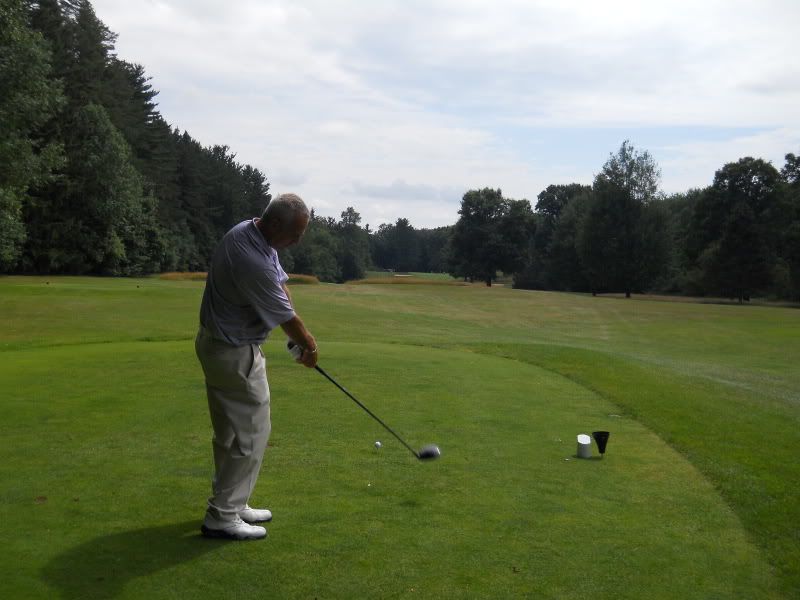
In another interesting quirk of the routing, there are back-to-back par-5s at four and five.
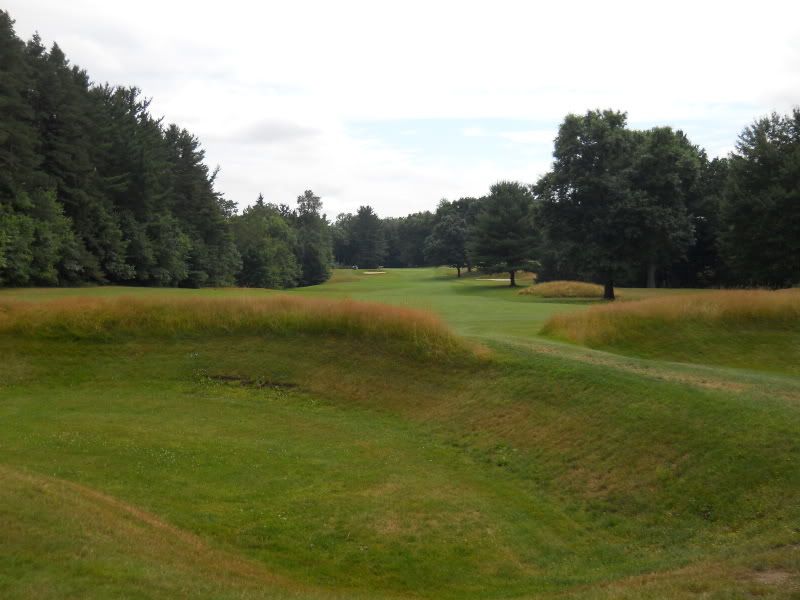
Readers here know we embrace blind shots at AWITP, and it’s great fun hitting the 5th fairway after checking the view through the towering periscope at the fifth tee…
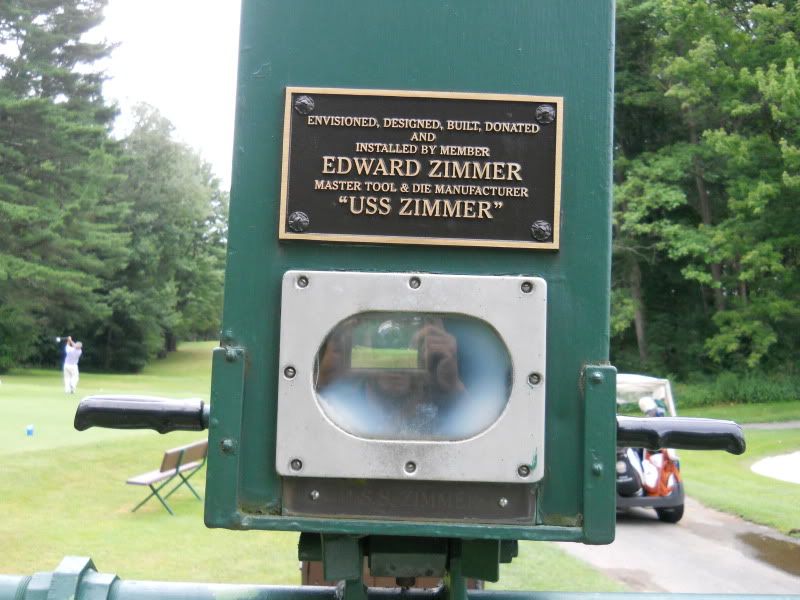
…this next pic was accidental, but came out well nonetheless.
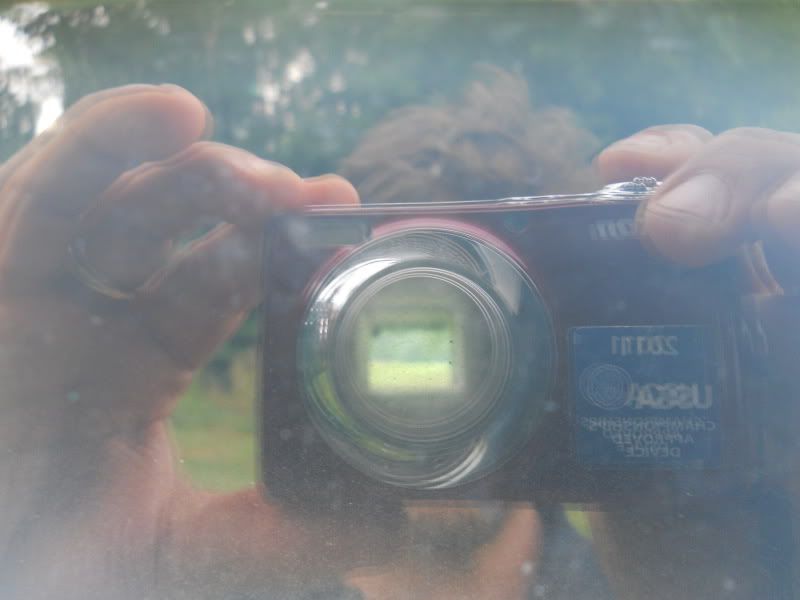
The par-4 sixth showcases a lot of what there is to like about Teugega – intelligent bunkering, (it’s anything but repetitious – you won’t see the typical greenside “5 o’clock, 7 o’clock, lather, rinse, repeat” you see at modern courses like Turning Stone), great diagonal angles, and lots of width off the tee.
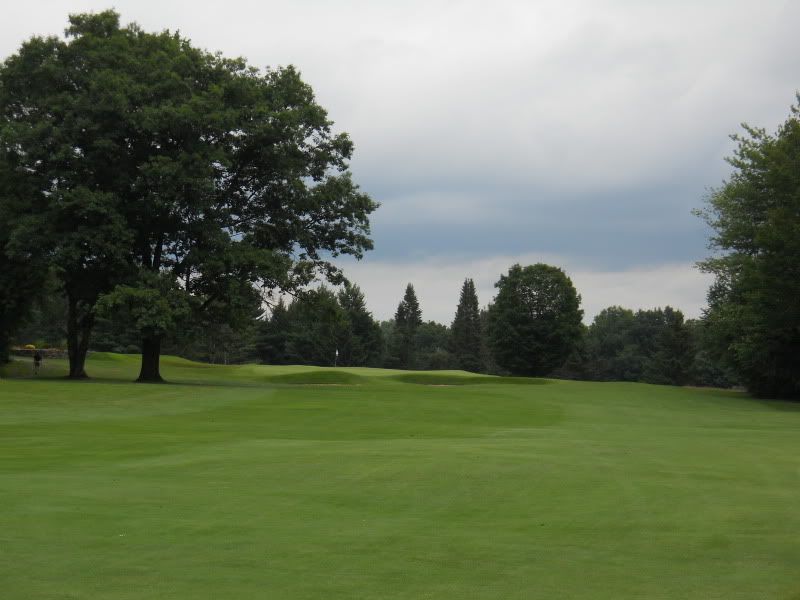
The great thing about Teugega is that so many holes are memorable, but architecture experts may marvel the most at the 130-yard, yet well defended par-3 seventh, proof if ever there was that Ross built “Short” holes in the style of Golden Age architects C.B. Macdonald, Seth Raynor and Charles “Steamshovel” Banks as well. Look at the perfect thumbprint in the green! Absolutely marvelous.
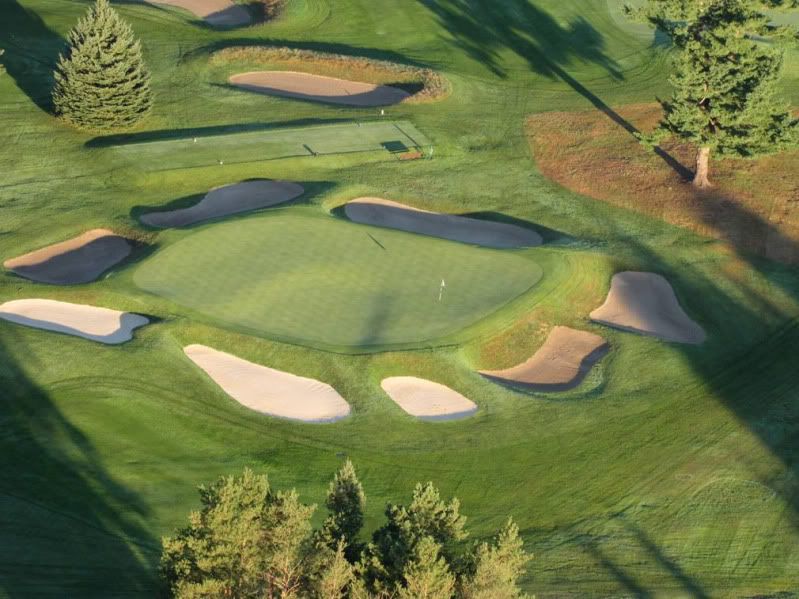
While the tee shot on the par-4 ninth is the only place where the trees intrude upon the playing corridors, the green and bunkering are excellent compensations. An illusion bunker in the middle of the fairway looks greenside, but is actually well short, another great Golden Age architectural defense and something else you rarely see in modern times from so-called mega-star designers. The green is protected by four gigantic mounds at the corners making pitches back to the green particularly difficult, so miss short, not left or right.
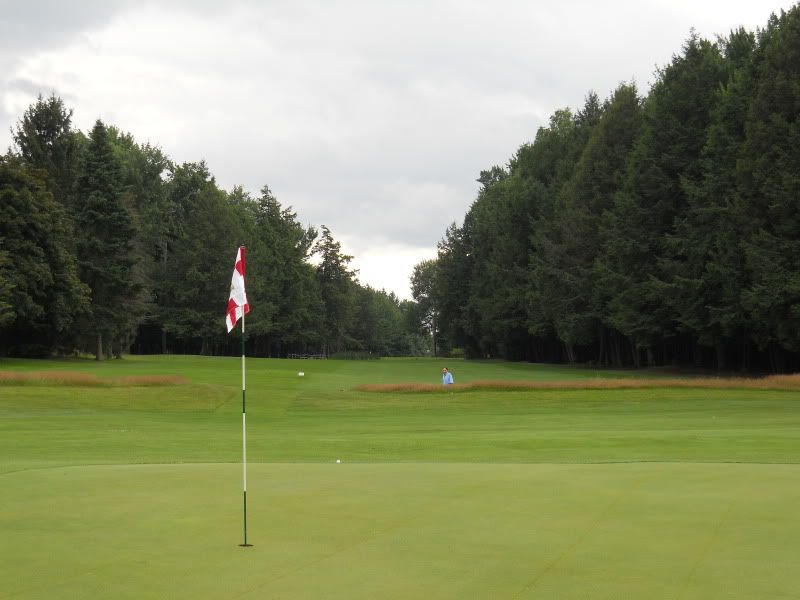
The back is equally strong. In keeping with the theme of unique bunkering, there are Devereux Emmet-like cross bunkers bisecting the fairway at the par-4 10th hole. The green has a vicious spine running longitudinally, which essentially makes it two small greens in one.
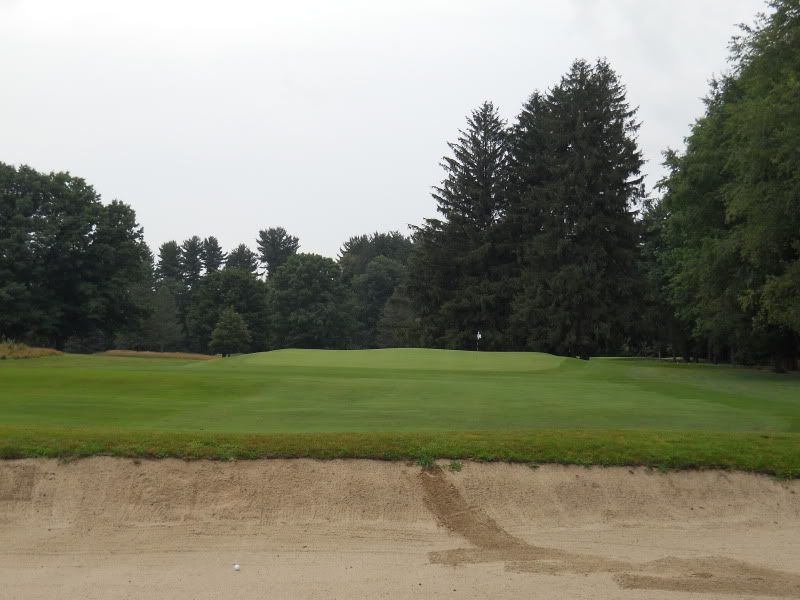
“11 is one of my favorite holes on the course,” states Campanero. “The green complex is so well defended, and the routing of the hole with the terrain tumbling downhill and sidehill makes it one of the best approaches on the course. It really shows how great Ross was at finding great holes as they naturally lay on the property.”
You have to make sure you drive it far enough in order to get a clear look at the green…
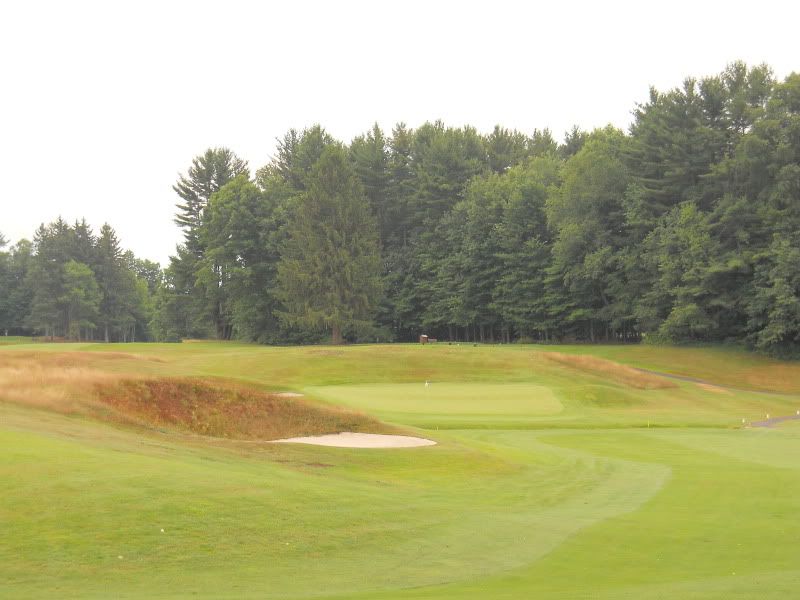
…because if you don’t hit it far enough, the tree rudely intrudes.
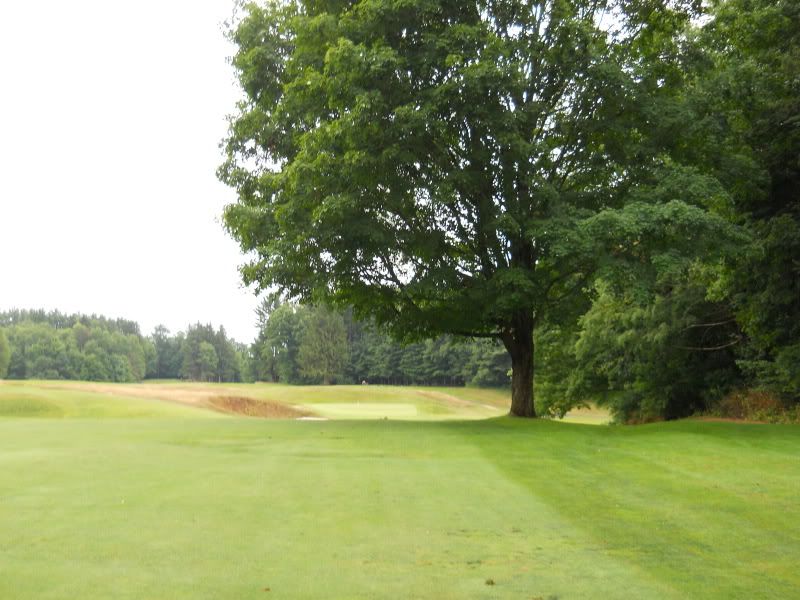
Look at the fantastic macro and micro-movement in this green:

The long par-3 12th features a semi-hidden punchbowl green!

13 is another example of phenomenal shaping in both the internal contours and the green complex overall.
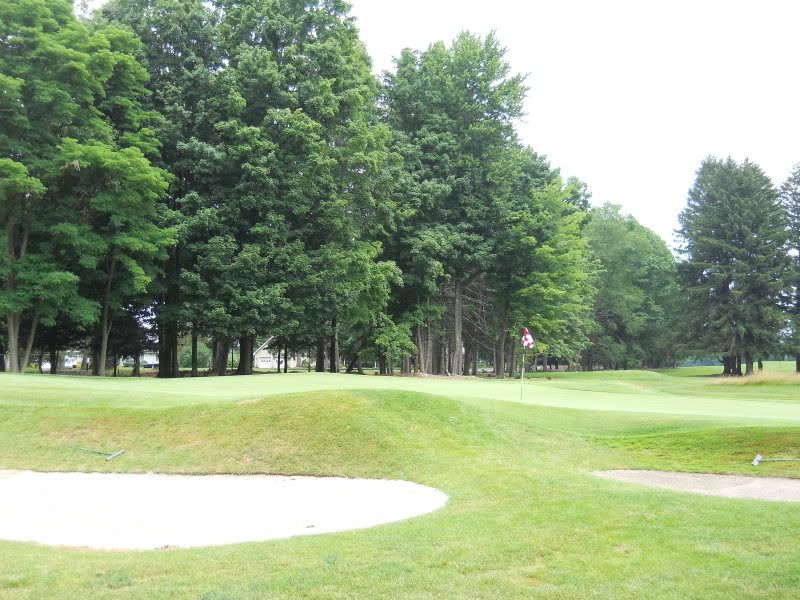
At 14 tee we once again see the quaint, charming and totally old school berms again.
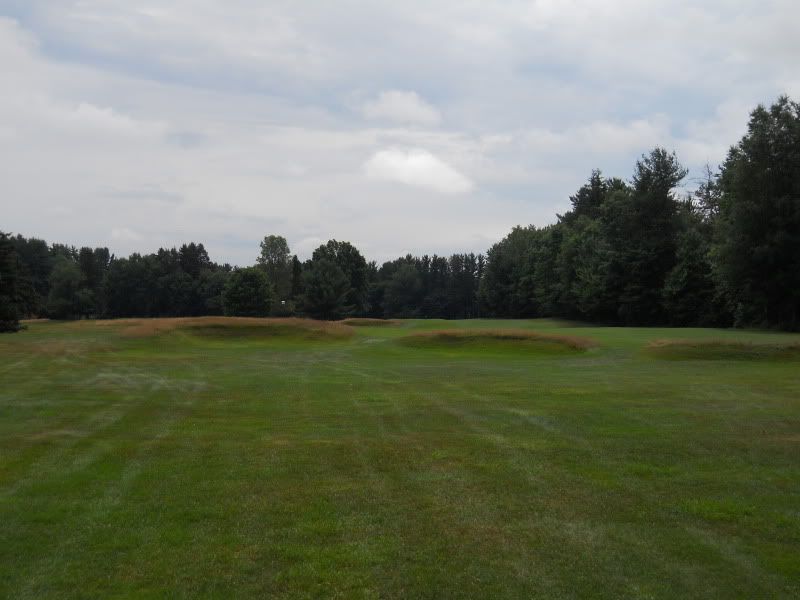
The final jewel of a par-3 is prim as a cameo, the idyllic 15th, with its volcano green site. Again, note the placement of the bunkers, giving the hole unique character.
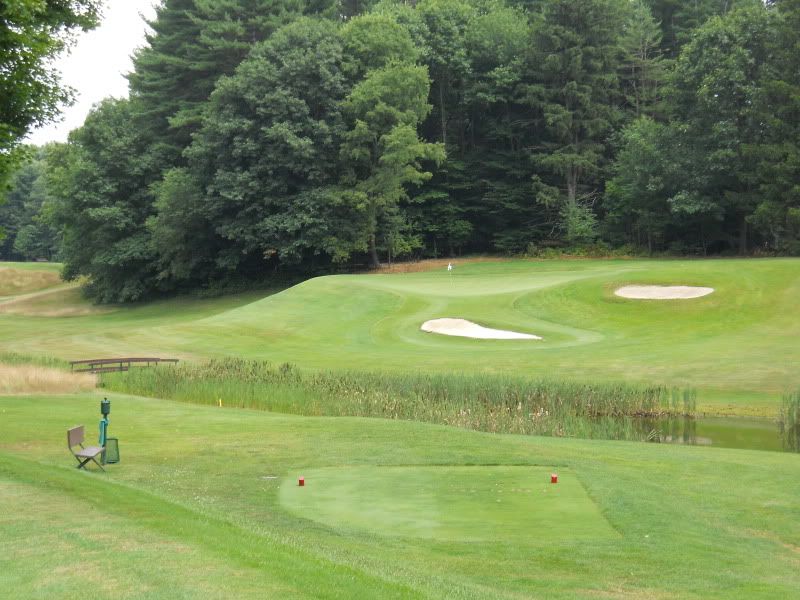
At 16 and 17, Ross employs a deep swale in front of the green as an added defense.
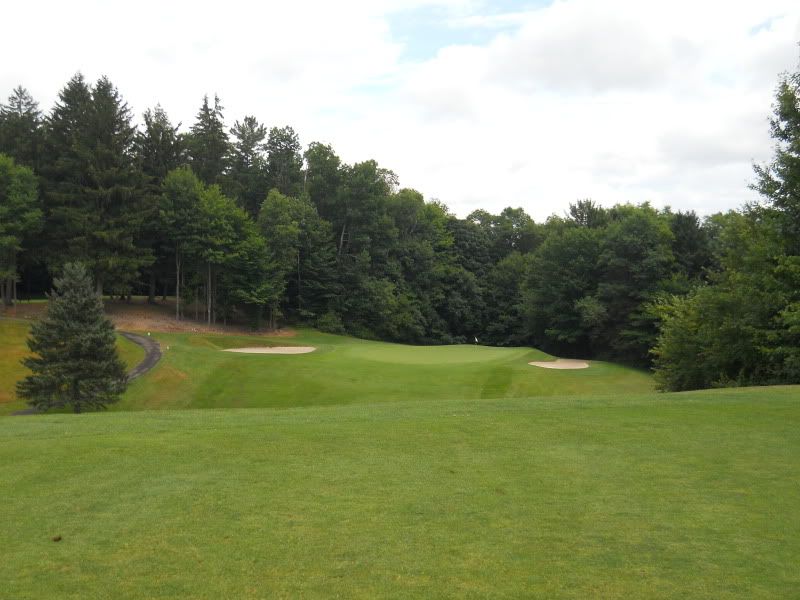
And finally we turn for home, and perhaps a drink and bite by the lake as the sun sets on another golden day in this peaceful valley in the foothills of the Adirondacks.
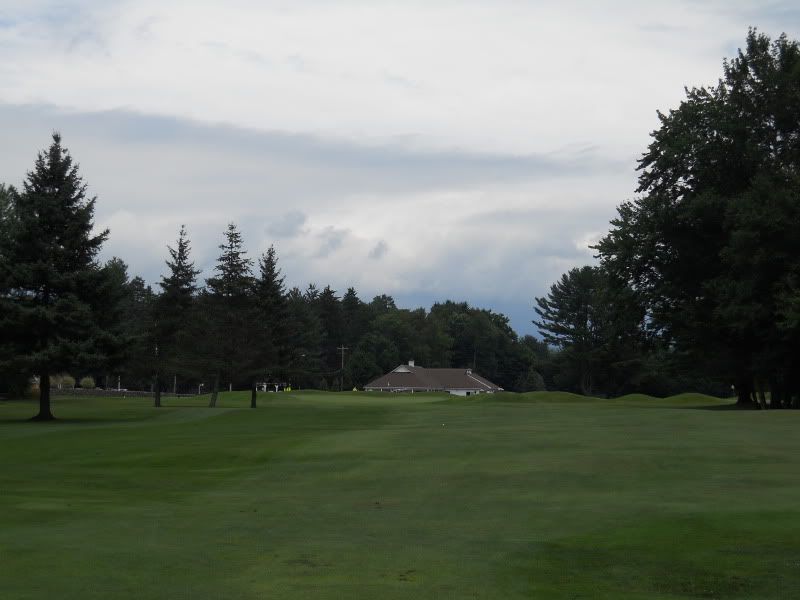
The course is a remarkably easy walk – the greens and tees are right next each other, as they used to do in the old days. It’s like a nature hike with your golf clubs.
The course has parts that feel reminiscent of Ross/Watson’s wonderful White Bear Yacht Club, and the false front to several greens give it the charm and stately feel of a great club like L.I.’s St. George’s.
The wild success of this restoration make Teugega ready for her close up, and all the golf world will rejoice to see exactly how authentic an example of Ross’s work the club is. Moreover, the club is critical to Ross’s personal history because he was betrothed to a local woman before her untimely death, so he spent many years here. Between its history and the wonderful preservation of the golf course, more ardent golfers nationwide need to see Teugega and appreciate exactly how important it is to not only Ross’s legacy, but to golf architecture in general.



